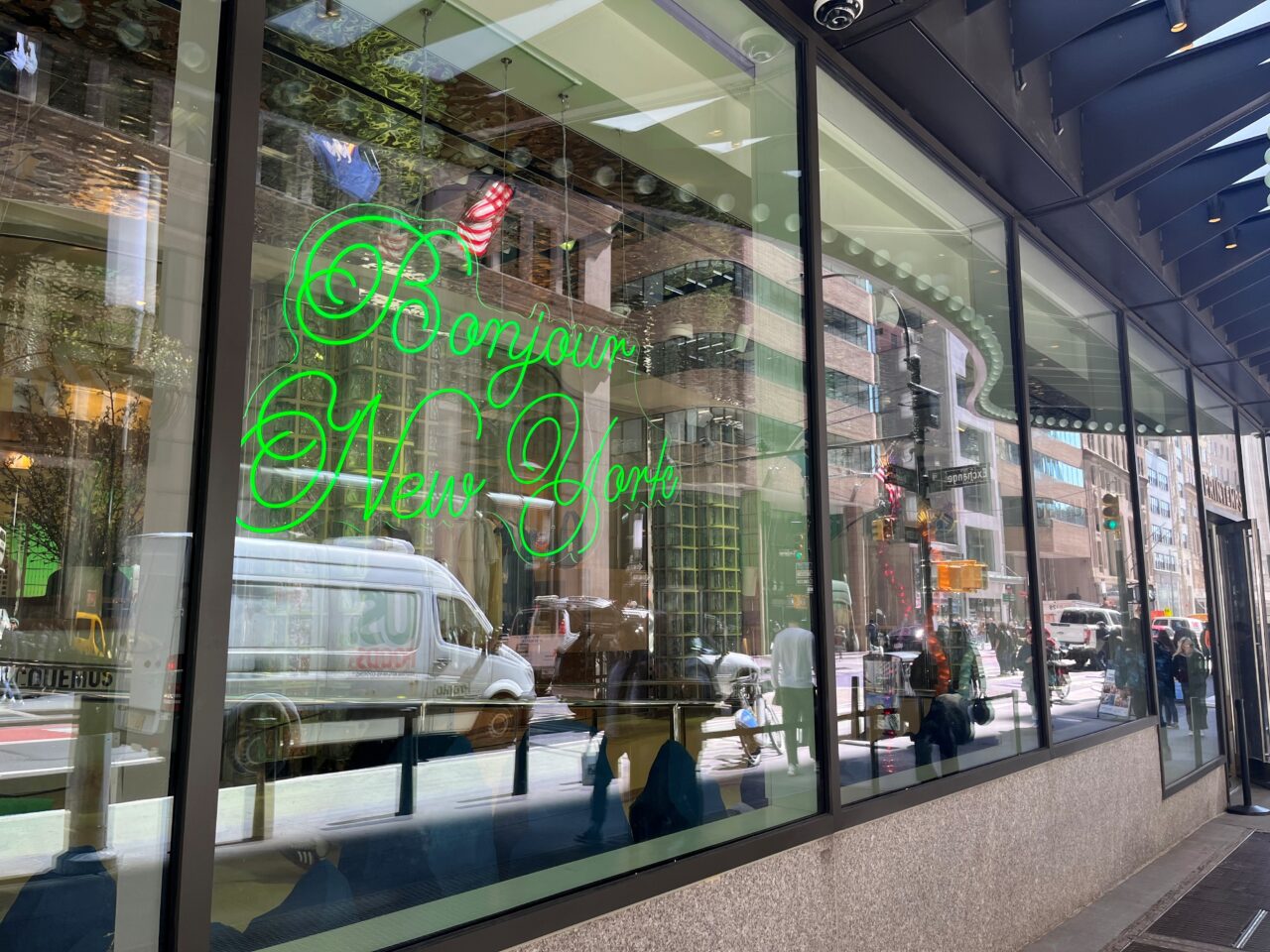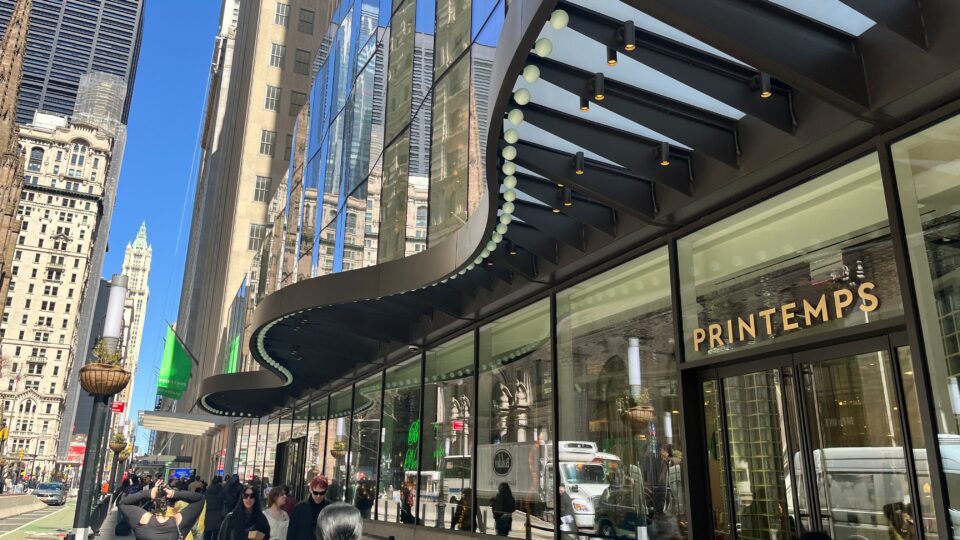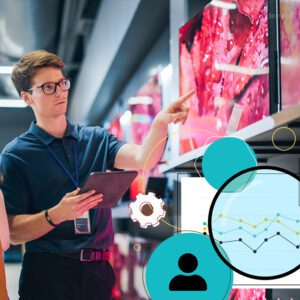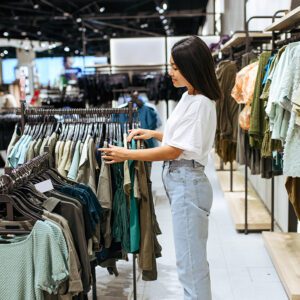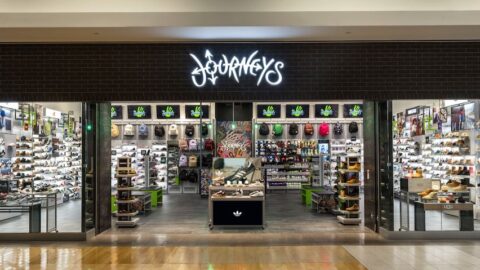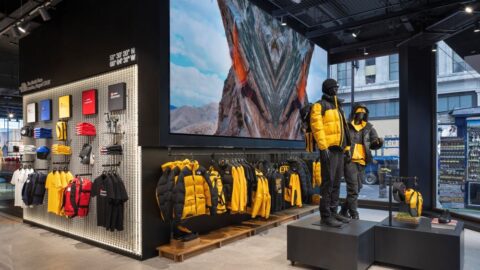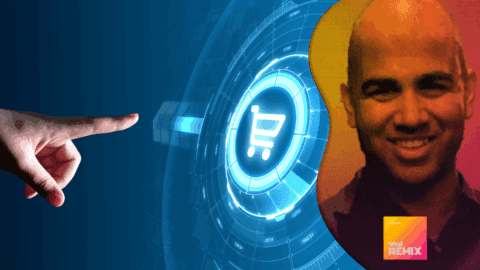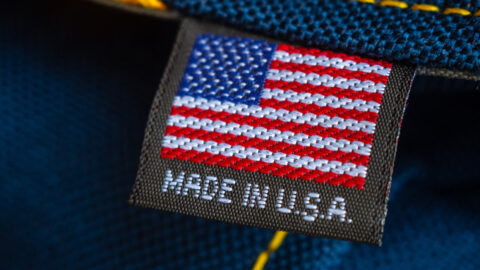Printemps is one of the oldest department stores in the world, yet most Americans have never heard the name, much less know how to pronounce it. That all changed in March when the French luxury retail chain opened its first U.S. location in Manhattan’s financial district. The store has been generating a lot of buzz since its opening, driven by its stunning interior and integrated hospitality spaces, although pronouncing its name correctly is still a problem (essentially it’s “prehn-tomh,” which means “spring” in French).
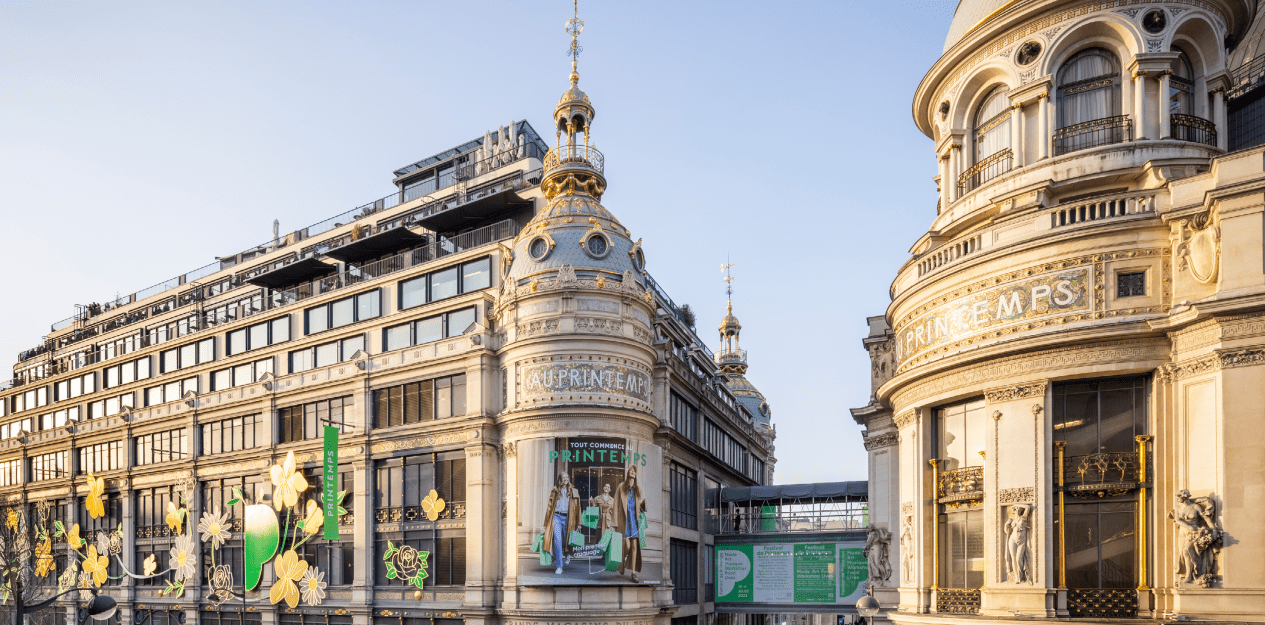
For the company, which has been a mainstay of French retail since 1865, its absence from the American retail lexicon is an advantage because it gives Printemps the opportunity to start fresh and test new ideas. While Printemps is technically a department store (or grands magasins as they say in French), it’s always been more than that, serving as a cradle of retail innovation from its beginnings; the store was one of the first to offer set prices and then discount slow-moving goods in large sales, as well as recognize the irresistible draw of a window display, for example.
The chain’s new NYC cousin fits into this history of innovation, but with some significant differences. At just over 50,000 square feet the store is smaller than its French counterparts, and the design is highly conceptual, with a deliberately non-linear layout that draws inspiration from its specific locale while remaining connected to its French roots. In fact, the NYC store will act as an incubator for tech-focused retail innovation that could potentially travel back across the Atlantic to Europe.
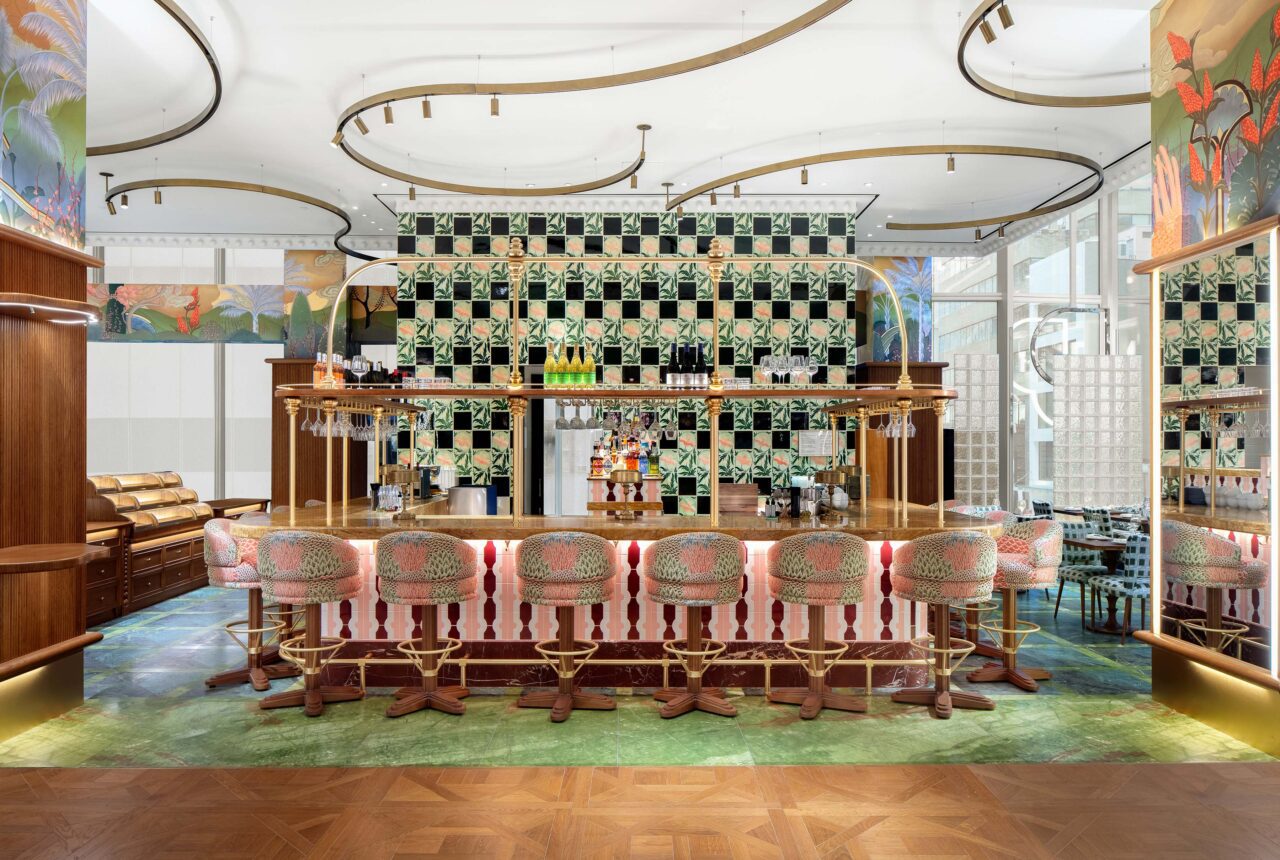
“We’re part of 1 Wall Street, which is a residential building, so the idea is that we’re an extension of the building, a French apartment in the heart of New York,” said Mary Jane Puangco, Chief Experience Officer of Printemps in an interview with Retail TouchPoints. “It’s French savoir faire meets American hospitality. That’s why we brought in food and beverage in such an important way throughout the space — we wanted that full sense of hospitality. We want people to hang and stay here as long as they want. We didn’t want it to be transactional; there are plenty of beautiful places to shop in the city that are transactional, but we wanted to bring back the human touch.”
The Philosophies of Printemps NYC
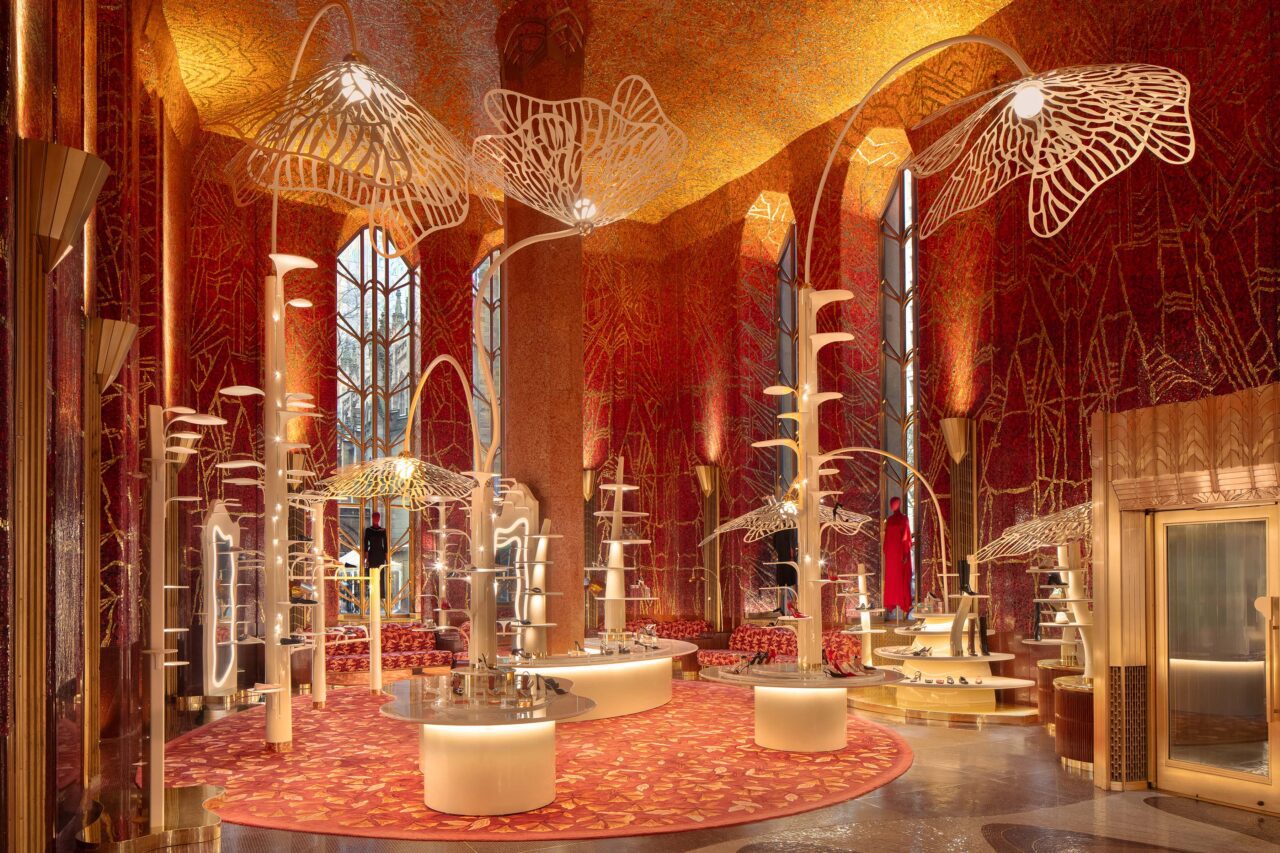
This idea of “democratic luxury” was an essential pillar of the design, but it’s only one of the larger philosophies that drove the development of the store’s stunning final form — other key themes include the store’s role as an ambassador of French culture in America and the idea of “subtle technology” (like “quiet luxury” applied to tech).
The result is much more than a store; it’s a true experience that one travels through, visiting not departments but rooms in a French apartment. Shoppers move from the ground level Playroom (offering streetwear) and its accompanying café, then go up into the Salon (womenswear), Boudoir (jewelry and eveningwear) and Salle de Bain (in-house spa), among other spaces. To top it off, the Salon Vert champagne bar gives guests a chance to pause and take it all in.
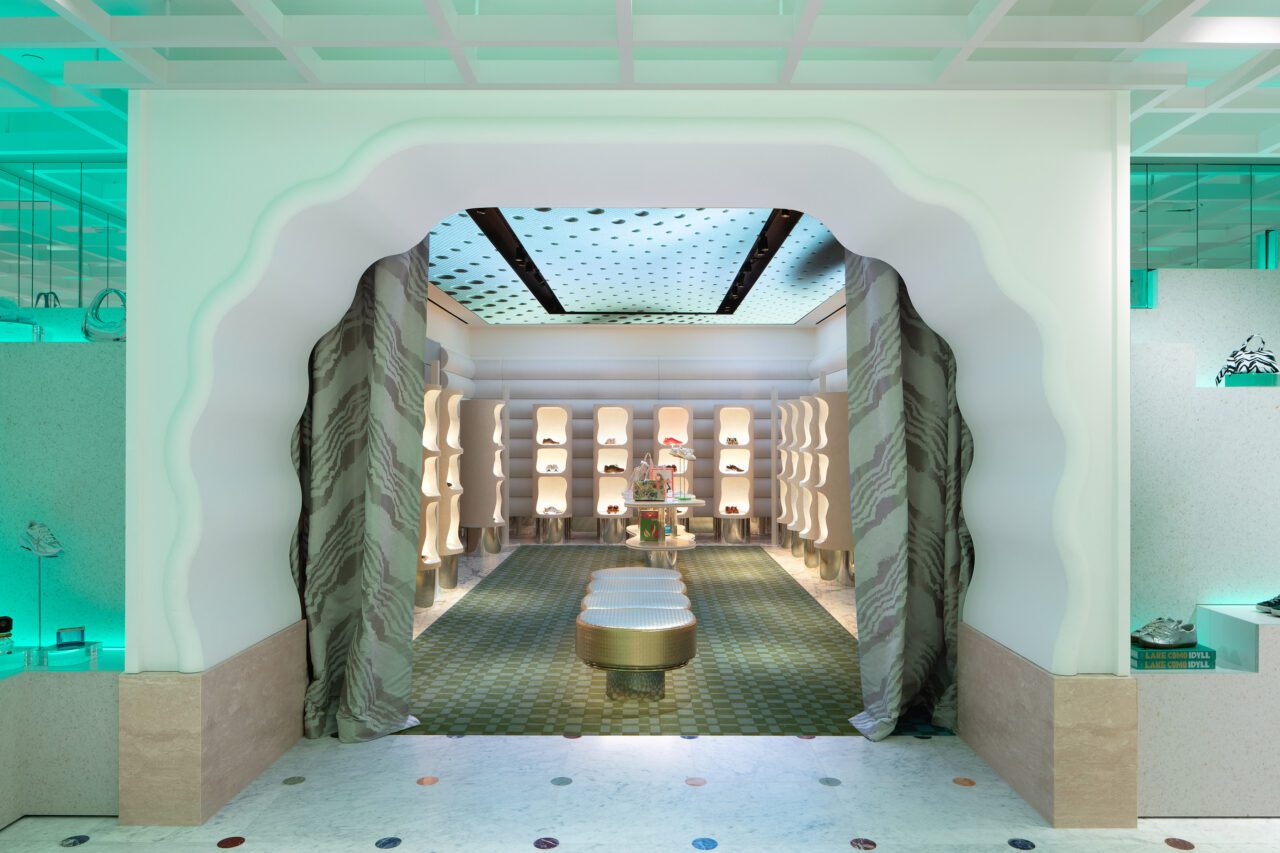
“One of the platforms of the project is really this idea of being ambassadorial, of bringing Paris to New York and creating a platform for cultural discovery,” explained Puangco. “Hence the decision to embrace the names of these rooms and keep them in French.”
Two separate but connected experiences continue this ethos — a wine shop with its own entrance on Broadway that will be opening soon, and the Maison Passerelle fine dining restaurant, which opened earlier this month. “Passerelle” means “bridge” in French, and the restaurant aims to use food as another bridge between cultures, said Puangco.
‘Subtle Technology,’ but Tech Nonetheless
Puangco herself sees her role as Chief Experience Officer in a similar way, describing her mission as “creating a brand perspective for a department store,” and while the presence of technology in the store may be subtle, it was crucial to bringing this nuanced vision to life. To pull it off, the Printemps team worked with interior architect Laura Gonzalez and design and technology studio L+R.
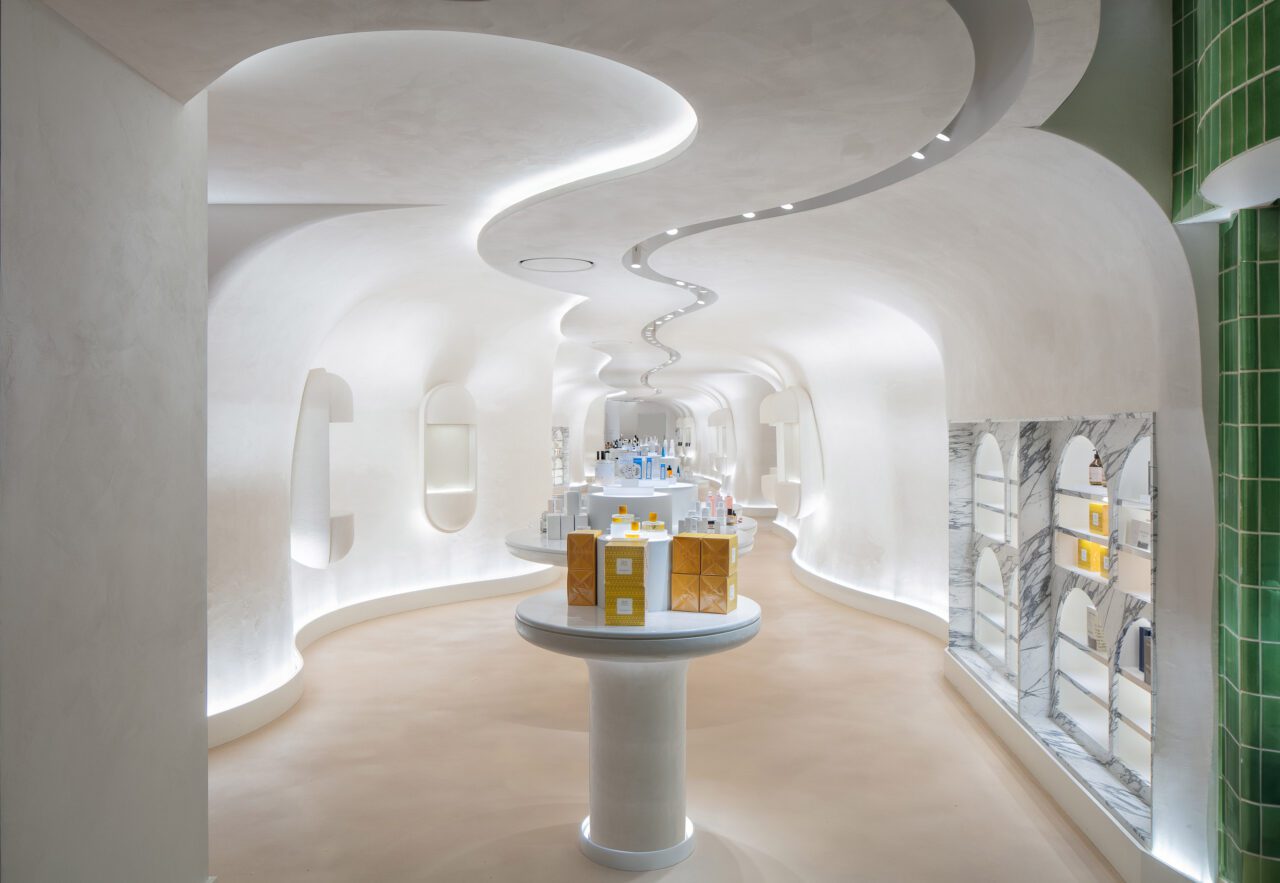
“We work a lot within the luxury space, so we’re always trying to figure out when technology should be in place and when it shouldn’t, when it should be enabling experience over being the experience itself,” said Alex Levin, Founding Partner of L+R in an interview with Retail TouchPoints. “We talk a lot about digital craftsmanship within our organization.”
In the case of Printemps this ended up meaning almost no visible tech outside of several strategically placed wayfinding screens throughout the store. And yet, even the process of determining the design and placement of these screens was enabled by technology.
“For the first three-and-a-half years the store was under construction, but we had to make decisions like, ‘How big should the digital signage be, what orientation should the screens have, how far off the floor should they be?’” said Levin. “We also wanted to make sure that they didn’t compete in terms of placement and take away from the overall experience. The store is so photogenic, but a photo of a screen isn’t the most beautiful thing, so we had to figure out that dynamic.”
To do it, L+R created a custom Vision Pro app that leveraged spatial computing to help MJ and her team visualize the store in 3D before it existed in real life. “We were able to make decisions on things like the size of the screens immediately, where we had been going back and forth,” said Levin. “If I were to ask you, 45 inches or 43 inches, you wouldn’t really know what the difference is. But I remember the day MJ put [the headset] on and it was just, ‘Oh yeah, 43.’”
Tech that Supports Without Stealing the Show
The Printemps team also used the Vision Pro app to test out the overall customer experience, which led to crucial pivots that helped determine the store’s final form. For example, “when we first started doing the layout of the store, we had a lot of screens,” said Puangco. “This layout has never existed [at a Printemps], it doesn’t exist in Paris, and we were excited by the opportunity of marrying it to an omnichannel vision and intertwining the digital element, but when we started going through it [on the Vision Pro] room by room and thinking about the customer experience, we realized it was way too much.”
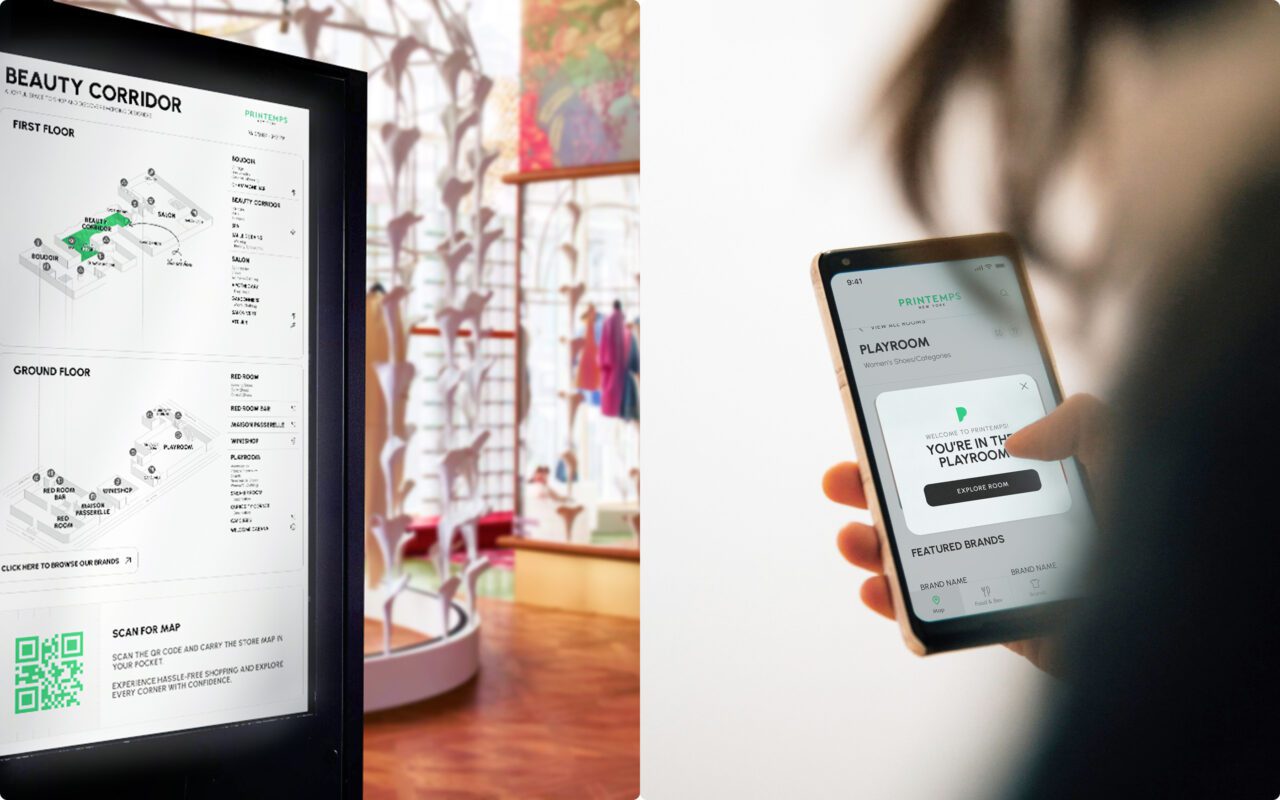
The screens were scaled back, and those that remain feature a QR code that takes visitors to a guided mobile experience.
Indeed, as other retailers are adding more and more consumer-facing tech, in this department store technology has been firmly relegated to a support role: “We only wanted technology that would empower the staff to give better service and screens that enhance the customer’s experience, not pushing information but taking them along and helping them discover,” said Puangco.
In addition to the wayfinding screens, that tech also includes a content-focused website (no ecommerce) that showcases the store experience and modern POS systems, both built on Shopify, as well as a unified CMS system. RFID technology is still being implemented across the store and will be particularly is crucial for staff because “the store is not organized by department, we’re merchandising by lifestyle, so we brought in RFID to help them find merchandise quickly,” explained Puangco.
“No one has been able to really execute this idea of omnichannel, because they’re all living with legacy systems that aren’t agile enough,” she added. “But here we’re starting with zero, so we didn’t take any of the infrastructure that France uses. Everything from the merchandising platform to the POS system, the website platform, all of it is completely new. This is meant to be a test lab for Paris. That’s why we’re able to really branch out and think of how to do things in different ways. We’ll test and try here and if things work, they might potentially adopt it in France.”
